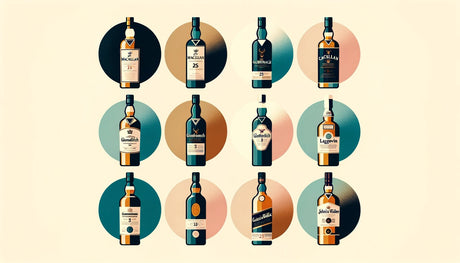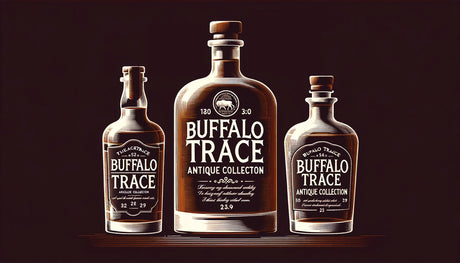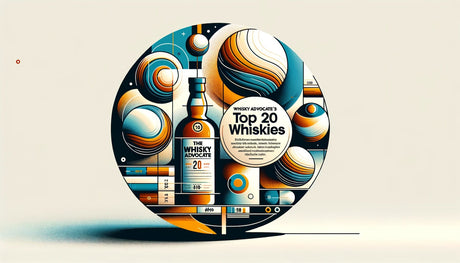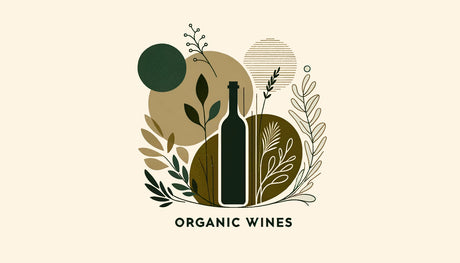NV Old Vienna Composition Ice Wine Cuvee
Old Vienna Composition Ice Wine Cuvee - 375ml is backordered and will ship as soon as it is back in stock.
ABOUT
ABOUT
Icewine (Eiswein) has to be clearly distinguished from other noble sweet wine products regarding the production method. With 25 % sugar content in the pressed must it is equal to Beerenauslese (BA) but whilst all noble sweet wines contain more or less Botrytis and are produced from shrivelled grapes, the Icewine is made from harvesting “healthy” grapes but in a frozen state. By pressing frozen grapes immediately, the frozen water is separated from the juice (must) as Ice crystals, so the high sugar concentration can be reached. (Would the same grapes not be frozen, the separated Ice would be within the must as water and the concentration would be less.) The fine balance between sweetness and acidity is the basis of the typical character of an Icewine. An essential element of a classic Icewine is a certain racy, fiery trait based on a sufficient structure of acidity. The notable difference between Icewine and traditional dessert wines is, that Icewine, produced by an expert, presents a fine fruitness from the bouquet to the end of the tasting because of the total or partial absence of noble rot (Botrytis). The typical characteristics of the grape variety should be noticeable.
The production of Icewine involves a long and risky procedure. As the grapes maintain in the vineyards until it becomes frosty lower than -7°C/ 20°F, there is much damage by wind and birds (starlings going south in fall/winter) but it is even not certain that the temperature necessary for the Icewine production can be reached. The high risk involved is the reason why not all vintages result in a Icewine harvest. As Austria’s first producer of Icewine (1971) we have a lot of experience meanwhile and even had to accept complete losses of vineyards to birds and wheater. But in the positive years, mostly at night we get the chance to harvest frozen grapes below -7° C/ 20° F. Sometimes only for a few hours as the temperature goes up again in the morning. This makes a lot of helpful hands essential. Not completely frozen grapes cannot be accepted by our quality standards, nor technically as the necessary sugar concentration of 25 % would not be reached on partly frozen grapes.
TASTING NOTES
TASTING NOTES
Couldn't load pickup availability









